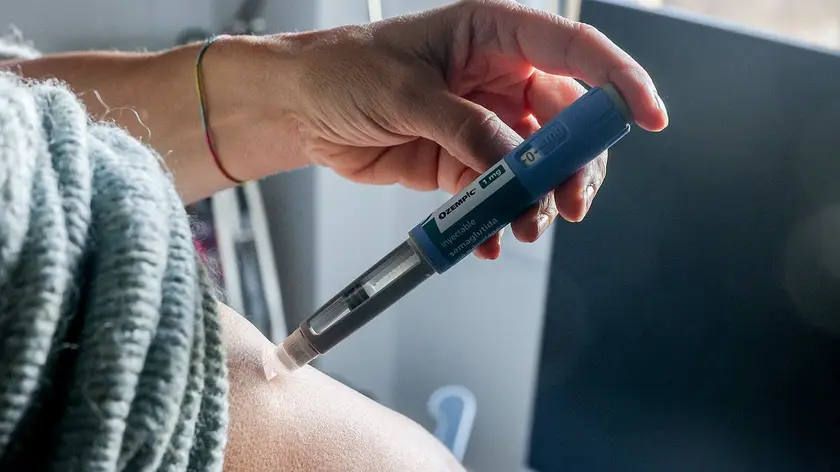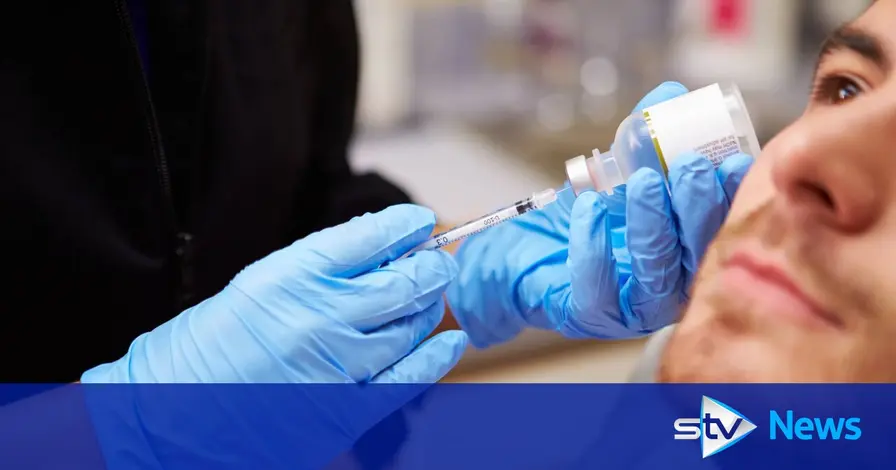T4K3.news
Ozempic linked genital changes fuel cosmetic demand
Rapid weight loss may affect labial fat; doctors urge medical guidance and informed decisions.

A look at reports that GLP-1 drugs may trigger genital changes and the growing use of cosmetic fixes.
Ozempic weight loss prompts labia changes and rising cosmetic requests
GLP-1 drugs like Ozempic and Mounjaro have helped many people lose weight. In Australia, about 79,000 people use Ozempic, with average weight loss of 10 to 15 percent of body weight. Some women report changes to the labia majora after rapid weight loss, a phenomenon they call Ozempic vulva. Clinics describe a cosmetic option called labia puffing, which can use fat transfer or dermal fillers to boost volume and smooth the area. Prices vary, typically from AU$4,000 to AU$10,000, which is about US$2,600 to US$6,500. Non surgical options offer quick recovery, while surgery brings longer downtime and higher risk.
Medical data on these genital changes is limited. Dr Justin Perron notes that the labia can lose fat after substantial weight loss, a process more noticeable with rapid weight loss and in women over 35. He says this is part of a broader trend toward genital rejuvenation in some markets, where demand is rising but evidence remains sparse. The term labia puffing is used in marketing, not as a formal medical name. Patients should seek clear medical guidance and weigh benefits against risks such as bruising, swelling, infection, or asymmetry, and consider recovery time.
Key Takeaways
"Weight loss reshapes the body from head to toe"
A broad observation of how weight loss affects various body parts
"Genital rejuvenation enters the weight loss conversation"
Notes the expansion of cosmetic procedures linked to weight loss
"Marketed fixes race ahead of medical evidence"
Critique of marketing claims versus evidence
"Body changes after fast weight loss demand careful care"
A call for patient safety and informed decisions
The piece points to a larger pattern: weight loss therapies change more than numbers on a scale. It asks readers to consider how fast results create new cosmetic questions and medical marketing. With limited clinical data, doctors and clinics must balance patient safety with evolving desires. The story raises issues of access and equity, since costs for cosmetic fixes are high and not everyone can afford them. It also calls for better reporting and registries to understand real effects beyond weight loss metrics.
Highlights
- Weight loss reshapes the body from head to toe
- Genital rejuvenation enters the weight loss conversation
- Marketed fixes race ahead of medical evidence
- Body changes after fast weight loss demand careful care
Sensitive topic tied to weight loss and genital cosmetic procedures
This piece covers medical weight loss and genital cosmetic procedures, topics that can trigger public backlash and misunderstandings. It relies heavily on anecdotal reports and marketing terms. Readers need careful language, accurate data, and sensitivity to readers who may be affected by body image concerns.
What readers should know is that medical science often trails patient experiences and market trends.
Enjoyed this? Let your friends know!
Related News

Increase in plastic surgeries linked to weight loss drug effects

Rise in cosmetic surgery linked to Ozempic use

Belly fat explained with clear steps to reduce it

Increases in dangerous penis Botox procedures raise alarms

EPA Plans to Revoke Greenhouse Gas Regulations

GLP-1 eye risks noted in new studies

Ozempic vulva reports prompt safety review

Mounjaro price hike hits private buyers
